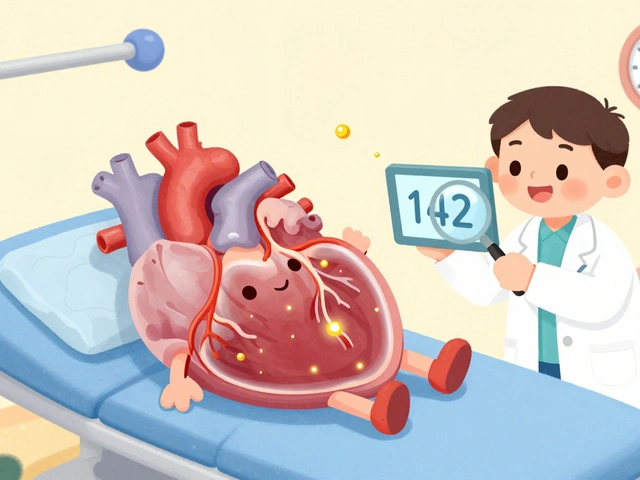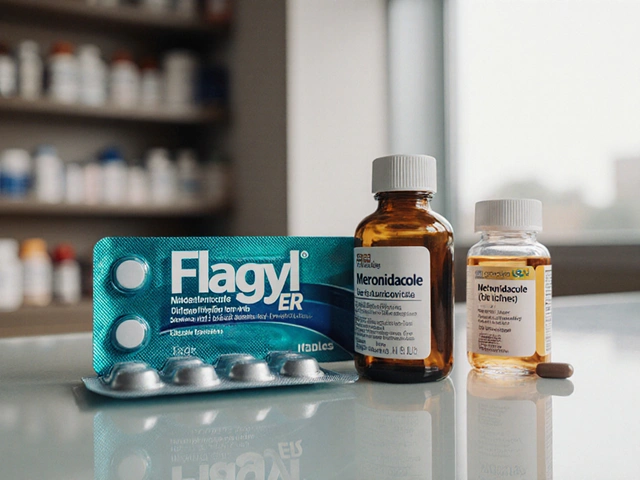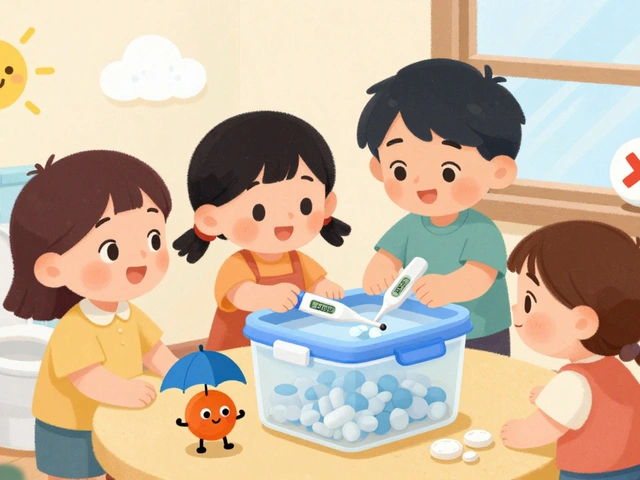Candidemia Treatment: What You Need to Know
Candidemia is a blood infection caused by Candida yeast. It can show up quickly and get serious, especially in hospitals. If you or a loved one have a central line, recent surgery, or a weakened immune system, you’re at higher risk. Spotting the signs early and starting treatment fast makes a big difference.
First‑Line Antifungal Choices
The go‑to drugs for candidemia are the echinocandins – caspofungin, micafungin, and anidulafungin. They work well against most Candida species and have fewer side effects than older meds. Doctors usually give them through an IV for at least 14 days, and they can switch to oral fluconazole if the fungus is susceptible and the patient is stable.
If the Candida strain is known to be fluconazole‑sensitive, fluconazole can be started right away, especially for less sick patients. Remember, the dose has to be high enough – typically 800 mg on day 1 then 400 mg daily – and kidney function needs checking.
Amphotericin B is another option, but it’s used less because it can hurt the kidneys. It’s saved for situations where echinocandins or azoles can’t be used, or for very resistant infections.
Steps Beyond Medication
Medicines alone aren’t enough. Removing or changing any infected central line is a key step. A study showed that patients who had the line removed within 48 hours had better outcomes. If the source is a catheter, replace it only after the infection is under control.
Control any other infection sources too – like abdominal leaks or infected wounds. Doctors often get a repeat blood culture after 48‑72 hours of therapy to see if the fungus is gone. Treatment usually lasts 2 weeks after the last positive culture, but longer if there are complications.
Monitoring kidney and liver labs is important, especially with amphotericin B or high‑dose fluoroquinolones. Watch for side effects like fever, rash, or liver enzyme spikes, and tell your provider right away.
After finishing IV therapy, many patients switch to oral fluconazole for another week or two, especially if they’re going home and can take pills safely. This step‑down approach keeps the infection cleared while sparing the patient from long IV stays.
Good infection‑control practices in the hospital – hand washing, sterile line insertion, and careful antibiotic use – help prevent candidemia in the first place. If you work in healthcare, follow the needle‑stick and line‑care guidelines closely.
Bottom line: start an echinocandin quickly, remove any infected lines, and keep an eye on labs. With the right drug mix and source control, most people recover fully. If you suspect candidemia, get medical help right away – waiting can make it a lot tougher to treat.





